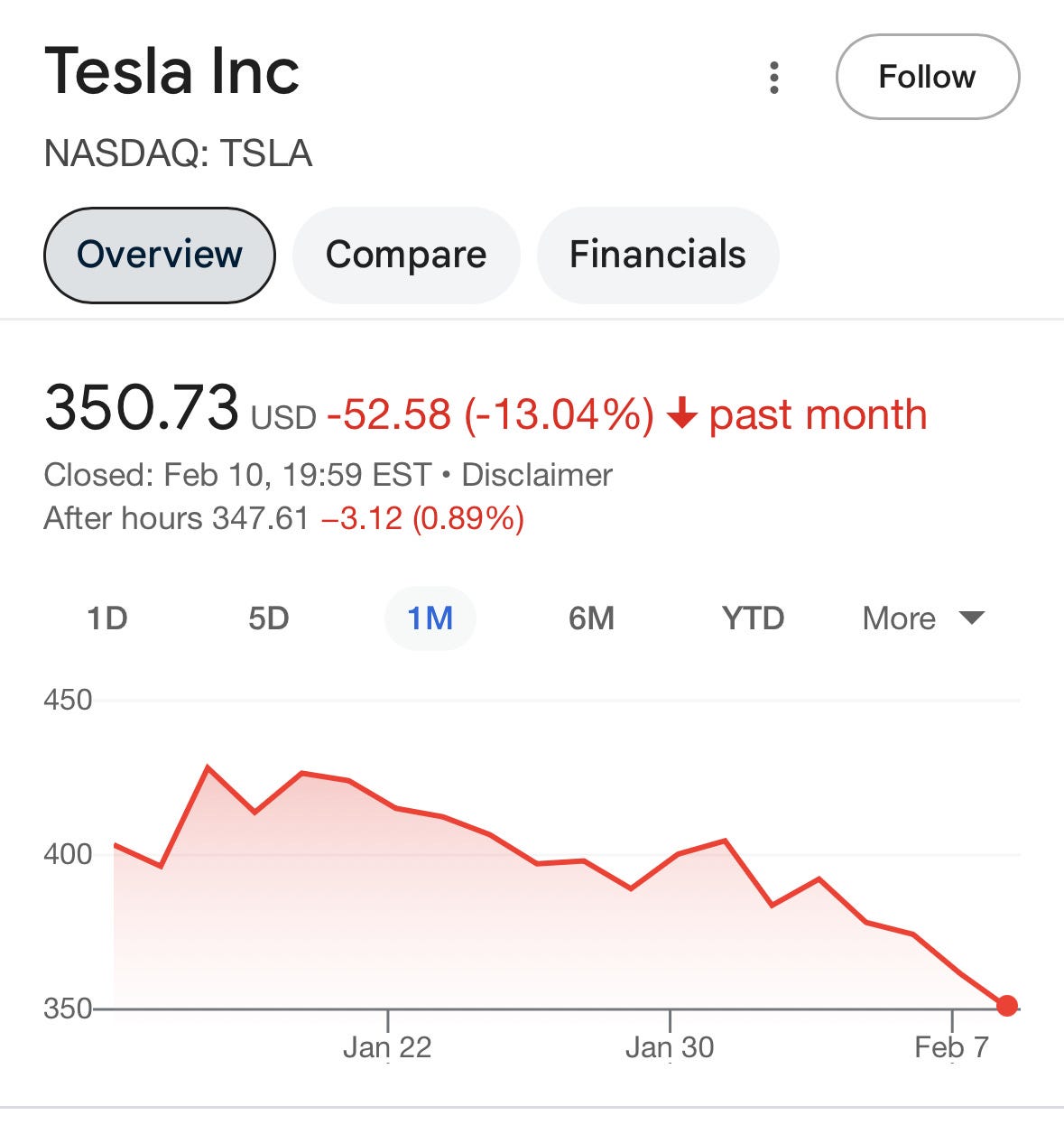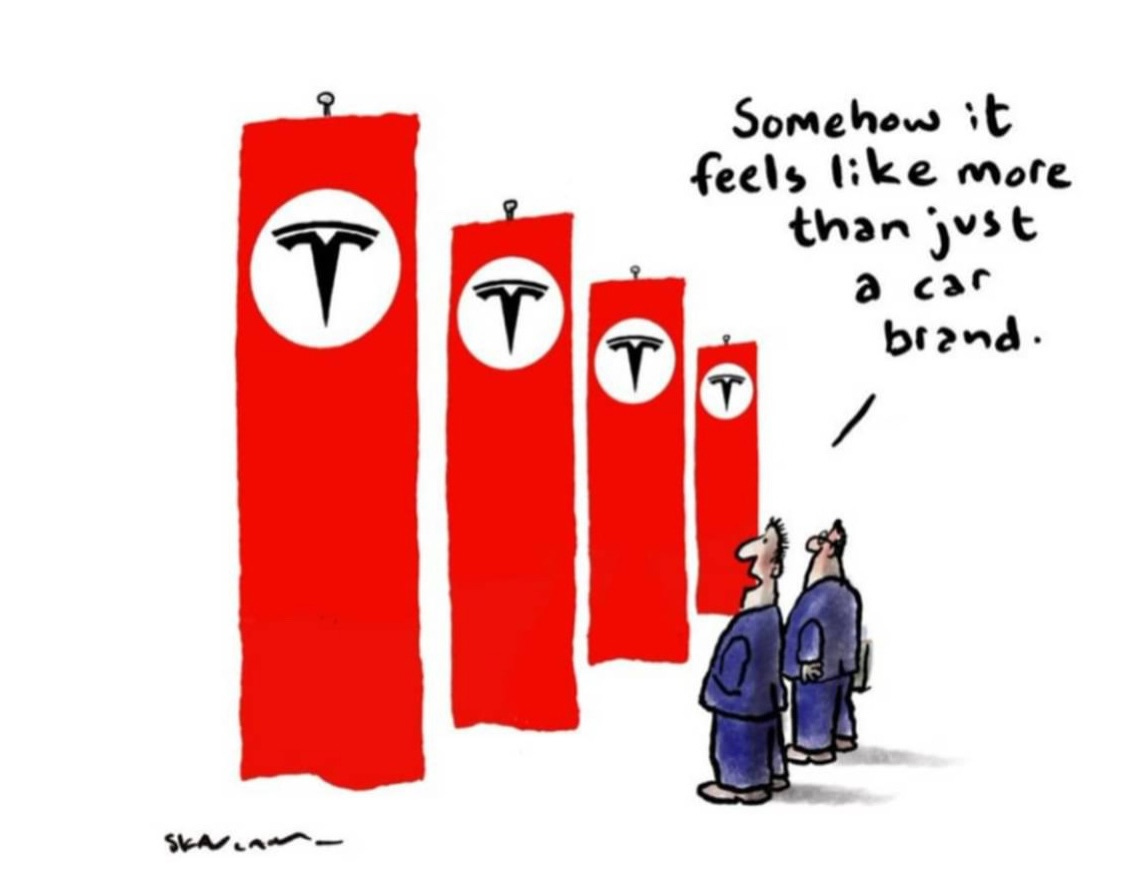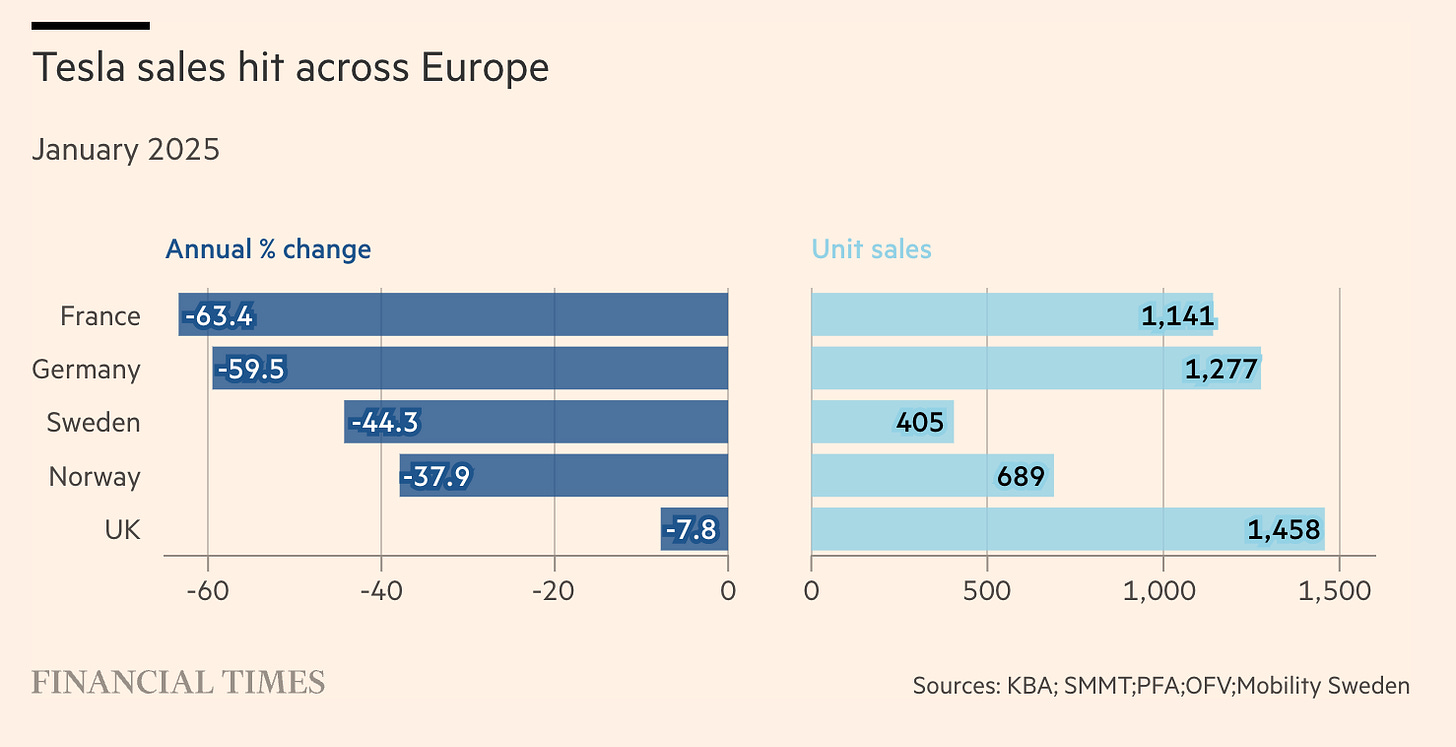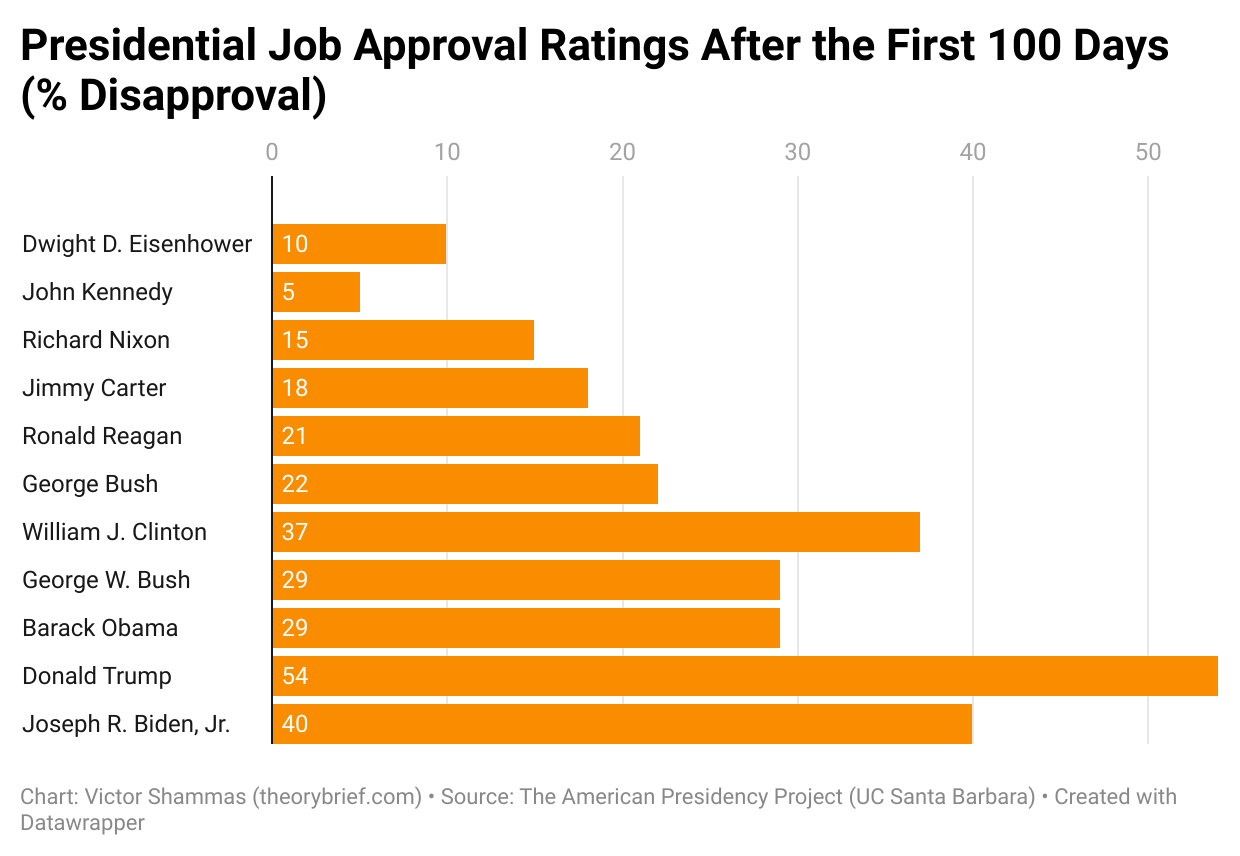The Blitzkrieg President
Trump's first weeks back in power have aimed to disorient and demoralize—and so, to begin the work of dismantling liberal democracy.
We’re in the fourth week of the second Trump administration, and as many commentators have noted there is simply so much going on in U.S. politics—and therefore global politics: What happens on 1600 Pennsylvania Avenue in large measure shapes the world.
The Trump team’s frenzied first few weeks have clearly tried to induce a sense of overwhelm and overload in the population. His “blitzkrieg” start to his second term—a term used metaphorically for this short interval of intense activity that aims to overwhelm opponents and quickly achieve a predefined set of objectives—are a (not-so-subtle) attempt to disorient and demoralize the opposition.
In just a few weeks, Trump has promised to annex Greenland, Canada, the Panama Canal, and the Gaza Strip; threatened (and partly ordered) tariffs on Canada, Mexico, and China, and others, including 25 percent tariffs on steel and aluminium; tried to dismantle USAID and the Department of Education via Musk’s DOGE and his team of young engineers barely out of college; attacked transgender rights and the freedom of scientists to use particular words; and imposed sanctions on the International Criminal Court for its role in prosecuting Israel for war crimes committed in Gaza (Trump groundlessly claims the ICC has “abused its power” by issuing arrest warrants “targeting Israeli Prime Minister Benjamin Netanyahu and Former Minister of Defense Yoav Gallant.”)
This dizzying array of actions is very nearly, to quote the title of a 2022 movie, “Everything Everywhere All at Once.” And that’s the point.
By all of these actions, Trump and his band of late-modern fascists would like nothing better than to induce a vertiginous sense of political fatigue, forcing a retreat back into purely interpersonal relations: They seem to be counting on people to withdraw into more comforting spaces, away from the churn and anxiety of an endlessly hectic news cycle manufactured by Team Trump.
The German philosopher Hegel envisions social life as being divided into three “moments” or stages: the family, civil society, and the state. There’s also an implicit reverse-hierarchical ordering at work here: all three are necessary, but the family involves “ethical life” (Sittlichkeit) in its merely “natural or immediate phase,” civil society sees ethical life in its conflictual “division and appearance,” while only the state is capable of rendering “freedom universal and objective,” gathering up all the competing claims on the social order and arriving at some form of judgment.
Trump aims to dominate the state to redefine the meaning of terms like freedom, and other central goods, in line with his own twisted sociopolitical vision. But he also seeks to pollute civil society to such a degree that only “the family,” or domestic sphere, becomes in any sense inhabitable to ordinary citizens. Trump and his cronies are trying to engender a retreat from a toxic political society to the realm of merely domestic comforts (such as they are when enveloped by late-modern capitalism and an incipient fascist authoritarianism), so that these groups will cease to struggle over control of the state. In other words: to disorient, demoralize, and demobilize—and so, to lay the groundwork for the demolition of liberal democracy.
What is to be done? Retreatism certainly won’t help. Of course, self-care and reconnecting with friends and family are always worthwhile, so long as one doesn’t have any illusions about their longer-term political value.
Instead, any opposition will also have to match and mirror the Trump administration’s frenetic pace. The only way for the opposition to counteract the Trumpist blitzkrieg is with a blitzkrieg of their own, using all available, peaceful means, from legislative action to street-level organizing and social-media activism, to mass protests and general strikes (such as “Days without Immigrants,” demonstrating the economic contributions of groups denigrated by the far right). A better future still remains within our potential reach.
Tesla’s tumble
After Musks’s DOGE actions and January salute, Tesla continues its downward slide, with shares tumbling 13 percent on the NASDAQ index this past month.
Activists in the Netherlands, Germany, and the UK have mobilized against Tesla showrooms and the Berlin “Gigafactory” using stickers, spray paint, and light projection equipment.
In Norway—a small market with high rates of electric-vehicle ownership that has seen strong Tesla sales for a decade—the illustrator Fredrik Skavlan published a cartoon linking Tesla’s logo with Nazi-style banners in an otherwise conservative daily newspaper, Aftenposten. And the Financial Times reported that that Tesla sales had “fallen sharply across many of its key European markets”:
The world’s largest EV maker in January registered only 1,277 new cars in Germany, according to the German Federal Motor Transport Authority, a drop of 59.5 per cent compared with the same month last year. The country hosts Tesla’s only manufacturing plant in Europe.
Financial Times: Tesla’s sales plummet across Europe
Popularity and populism
Trump is a poor populist, because his signature issues are often deeply unpopular—which is why his fascist instincts seem to demand an authoritarian turn.
In his first term, as shown above, Trump had the highest post-100-day disapproval rating of all presidents going back to the Eisenhower administration: 54 percent of Americans disapproved of Trump after his first 100 days in 2017.
This week, a CBS News/YouGov poll showed 47 percent disapproval of Trump after only three weeks in office for his second term.
Tariffs on Canada and Europe are uniquely unpopular, facing 62 percent and 60 percent disapproval, respectively, according to the poll.
Only 13 percent think "the U.S. trying to take over Gaza" would be a "good idea."
A slight majority of 52 percent opposes "large detention centers while determining who should be deported."
And 66 percent think Trump hasn’t had enough “focus on lowering prices”—these voters are likely in for even greater dissatisfaction as cost increases from tariffs are passed on to consumers.
This isn’t to deny that Trump currently enjoys a 53 percent approval rating, as CBS News’ headline suggests. But public disapproval is also high—and will likely continue to mount. Opposition is growing.
The “multiracial right”
New Politics has an interesting discussion of the U.S. “multiracial right”—including Trump’s widening appeal among Hispanic and Black voters:
We don’t want to say that race is no longer relevant or that we have arrived at some kind of post-racial experience that is Trumpism, or worse that we can blame the rise of the far right on people of color. However, […] there are appeals that are drawing in a nontraditional base: anti-government appeals, appeals to personal autonomy, to small business ownership, to Evangelical morality, to law and order. All of these things are discourses that have broad organizing capability, and it really just took the Right getting over enough of its basic racism to begin to exploit that in a way. It’s not that the far right is no longer racist or that it is no longer filled with white supremacists—because it is—but the riddle is how this stuff exists cheek by jowl with multiracial conservatism?
The conversation contains more questions than firm answers, but the Left needs to think hard about the consolidation of “multiracial conservatism,” one of the key innovations of the Trump team. Some ten-fifteen ago, analysts busily predicted the demise of the Republican Party amidst demographic growth among nonwhite groups; this essentialistic vision clearly hasn’t panned out, because ethnoracial groups are not politically static but liable to narrative capture and are themselves riven by class contradictions.
However, the Left needs to think about these issues without falling into the traps of anti-wokeism (a right-coded framing), anti-intersectionalism (a denial of causal reality), white paternalism (failing to take seriously minority concerns), or empirical exaggeration; according to exit polls, Trump’s advances among Black and Hispanic voters from 2020 (first chart) to 2024 (second chart) was only slight:
New Politics: America’s Multiracial Right - New Politics
Associated Press: How 5 key groups voted in the 2024 Election, according to AP VoteCast data
Trump’s language games
Cambridge University Press: Language in the Trump Era
Language in the Trump Era: Scandals and Emergencies is a 2020 edited volume that takes an anthropological and sociolinguistic approach to Trump’s use(s) of language. It’s well worth a revisit, given the political timeline we now inhabit; if Harris had won the 2024 election, this book might have held only antiquarian interest, but it’s now more relevant than ever.
In the introduction, the editors Janet McIntosh and Norma Mendoza-Denton zero in on two of Trump’s key language moves, especially as they manifest on social media platforms (then, Twitter): his arguments by assertion, often offering zero evidence to back up his frequently outlandish claims; and his cultivation of an image of unvarnished, spontaneous “authenticity”:
Twitter’s cursory form is perfect for the man seeking what linguistic anthropologists call a “zero-evidential” speech style; that is, a mode in which the speaker furnishes no grounds for their claims. Tweets scroll away as new ones come in, easily drowned by public responses, giving them an ephemeral quality that facilitates Trump’s ability to escape long-term consequences of his words.
Critics fulminate while diplomats and policy makers scramble to understand the implications of and the level of commitment behind any given tweet. Though some Trump voters chose him in spite of his style, others enjoy the experience of someone so unmediated by conventional political packaging, as though it gives him “authenticity.”
They also note that Trump’s messaging has been accelerated and accentuated by the fictitious semblance of popular influence, via fake users that amplify his words:
Spam accounts and automated internet “bots” have also created the simulacrum of larger masses of Twitter users than actually exist, including thousands, potentially millions, of Trump’s “supporters.”
Of course, the answer to all of this isn’t to “become like Trump,” or hope for a politician on the Left who can mimic and imitate Trump; if anything, we need more sensible conversations, more evidence, more rational reason.
But knowing about the tricks, and calling them out, is a powerful tool. No illusionist wants their secrets to be revealed and out in the open.
Thank you for reading The Theory Brief. Don’t forget to like, share, and subscribe below.











